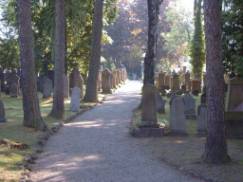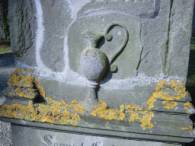 |
|
|
Opening
hours of the Jewish Cemetery: 8 am until dusk |
Guided
tours only by arrangement: Museum zur Geschichte von Christen und Juden Tel. 07392/968000 Michael Schick Tel. 07392 / 9697824
|
|
Link
to Ernst Schäll’s German publication
„Jüdischer
Friedhof“ |
Link
to Ernst Schäll’s
English publication „Jewish Cemetery“ |
| The upper Swabian city of Laupheim – a place formerly like many other cities in Germany- dates back to more than 200 years of a joint Christian and Jewish history. |  |
|
At
the gate of the cemetery - words in Hebrew and German remind entering
visitors: “Put your house in order”, the house of eternity. |
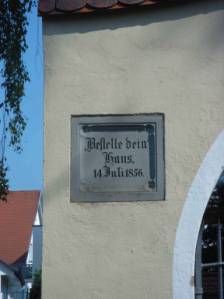 |
| Beside
the Jewish house of God, the synagogue, the cemetery is the most
important place of the Jewish community. |
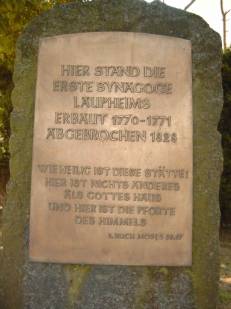 |
|
The
Jewish cemetery is located in the city centre of Laupheim, adjoining the
the first Jewish houses built in 1731. The
local nobility of Laupheim provided the first Jewish community with a
relatively central place. This
shows the intention of assuring a
favorable
coexistence.
|
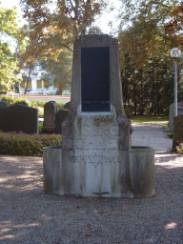 |
| The
Jewish cemetery – in Hebrew „the good place“ is a place of
remembrance, of sorrow and now also of shame. |
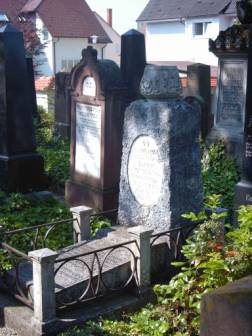
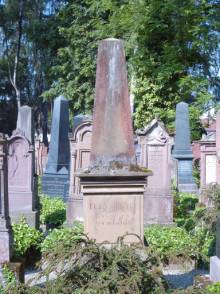 |
|
Suffering
from hatred and increasing social and economic discrimination drove many
Jewish families to emigration, starting in 1933. A
memorial plaque reminds of the 102 Laupheim residents who did not
succeed in escaping from their former hometown. |
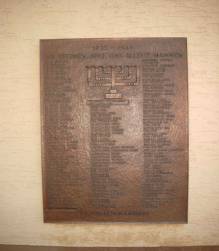 |
|
The
castle of
Großlaupheim
reopened the museum of Christian and Jewish history on
May 15, 2003.
|

|
| Friedrich Adler, a „Jugendstil“-artist murdered in the concentration camp of Auschwitz in 1942, designed some tombstones as well as the memorial for the Jewish soldiers killed in action during World War I. |  |
| Very remarkable is the condition of the Jewish cemetery of Laupheim, mainly due to the volunteer restoration work by Ernst Schäll, a highly appreciated citizen researching the Laupheim local history. | 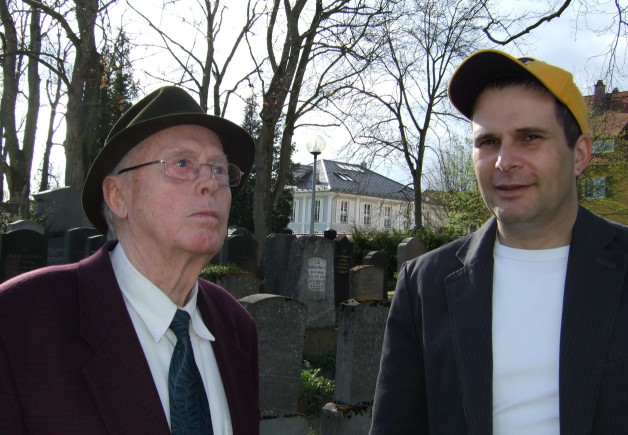 |
|
Jewish
tombstones speak their own language: They are full of symbols of
religious tradition and specific pictures. Some of the religious symbols
are for instance the
praying hands of the “Cohanims”,
the “Levies”, the crown of the good name and the “Shofar”, the
ram´s horn. |
 
|
